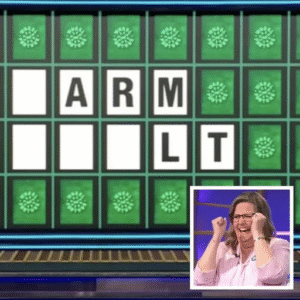The Dinner Party Disaster
A few years ago, I made a quiche for a dinner party and basically poisoned everyone. Not hospital-level bad, but we all felt… off. Nausea. Gurgling stomachs. You get the idea.
Even though no one ended up in the ER, I still felt awful. I was the one who cooked the dinner, after all.
The culprit? Eggs.
And here’s the embarrassing part: they looked perfectly fine. No strange smell. No expiration issue. Nothing. So what went wrong?
The Hidden Number I Ignored
It turns out the answer was sitting right on the side of the carton—a tiny number I had seen a million times and never bothered to read. It looked like some secret-lab code, so I ignored it. Big mistake.
Those three digits—045, 312, whatever—are called the Julian date. Not a calendar app. It’s the exact day of the year the eggs were packed.
-
“001” means January 1
-
“123” means May 2
-
And so on
This matters because the printed expiration is usually a sell-by date, which can be weeks after the eggs were packed. If you want to know how fresh they truly are, the Julian date tells the truth.
Now, when I buy eggs, I scan for a pack date within the last two weeks. I’ve definitely looked like a lunatic comparing cartons like they’re vintage wine. People stare. I don’t care. I’ve suffered.
The Plant Code: A Safety Shortcut
Next to the Julian date is a “P” code—like P1021. That’s the processing plant. Sounds useless until a salmonella recall hits and you realize you have no clue where your eggs came from.
It happened to me once. I grabbed my carton, checked the Julian date—good. Checked the plant code—no match. Crisis averted. But I’ll never forget the 30 seconds of panic standing in front of the fridge, carton open, phone in hand, decoding government websites.
Why Freshness Actually Matters
I used to rely on the float test. If an egg floats, it’s bad. If it sinks, it’s good. Turns out, that’s only sort of accurate.
What works better? The pack date. Now I write it on the carton like a mini calendar:
“Packed: Day 124. Toss after: Day 154.”
Sometimes I even draw a sad face on the toss date. It’s silly. It works.
Also—pro tip—eggs last longer in the coldest part of the fridge, not the door.
The Truth Behind Fancy Labels
Labels like “Cage-Free,” “Free-Range,” and “Organic” can be misleading. Cage-free birds might simply live in giant barns. Free-range might mean they see sunlight for two seconds through a tiny door.
If you want chickens that actually roam, look for pastured eggs. Their yolks are deep orange, almost like cracking open a tiny sun. They taste richer too—maybe psychological, maybe not, but I’m convinced.
USDA Grades: The Egg Report Card
Eggs also come with USDA grades—AA, A, and B.
-
AA: the overachievers—firm whites and perfect yolks
-
A: still excellent
-
B: rarely sold in regular grocery stores
When I fry or poach, I choose AA. When I bake, I don’t bother.
The Moment Everything Clicked
One Sunday, I made scrambled eggs. Simple. Easy. Lazy. But the eggs turned out watery and flavorless. I checked the carton: 36 days old. Not expired—just tired.
Two weeks later, I used eggs with a fresher Julian date. Same recipe, same brand. Completely different result—fluffy, rich, diner-level good. That’s when it hit me: I had become an egg snob.
The Bottom Line
Egg carton numbers aren’t boring—they’re lifesavers.
-
The Julian date reveals true freshness.
-
The plant code helps during recalls.
-
The grade predicts how your eggs behave in the pan.
-
The labels? Sometimes just marketing.





